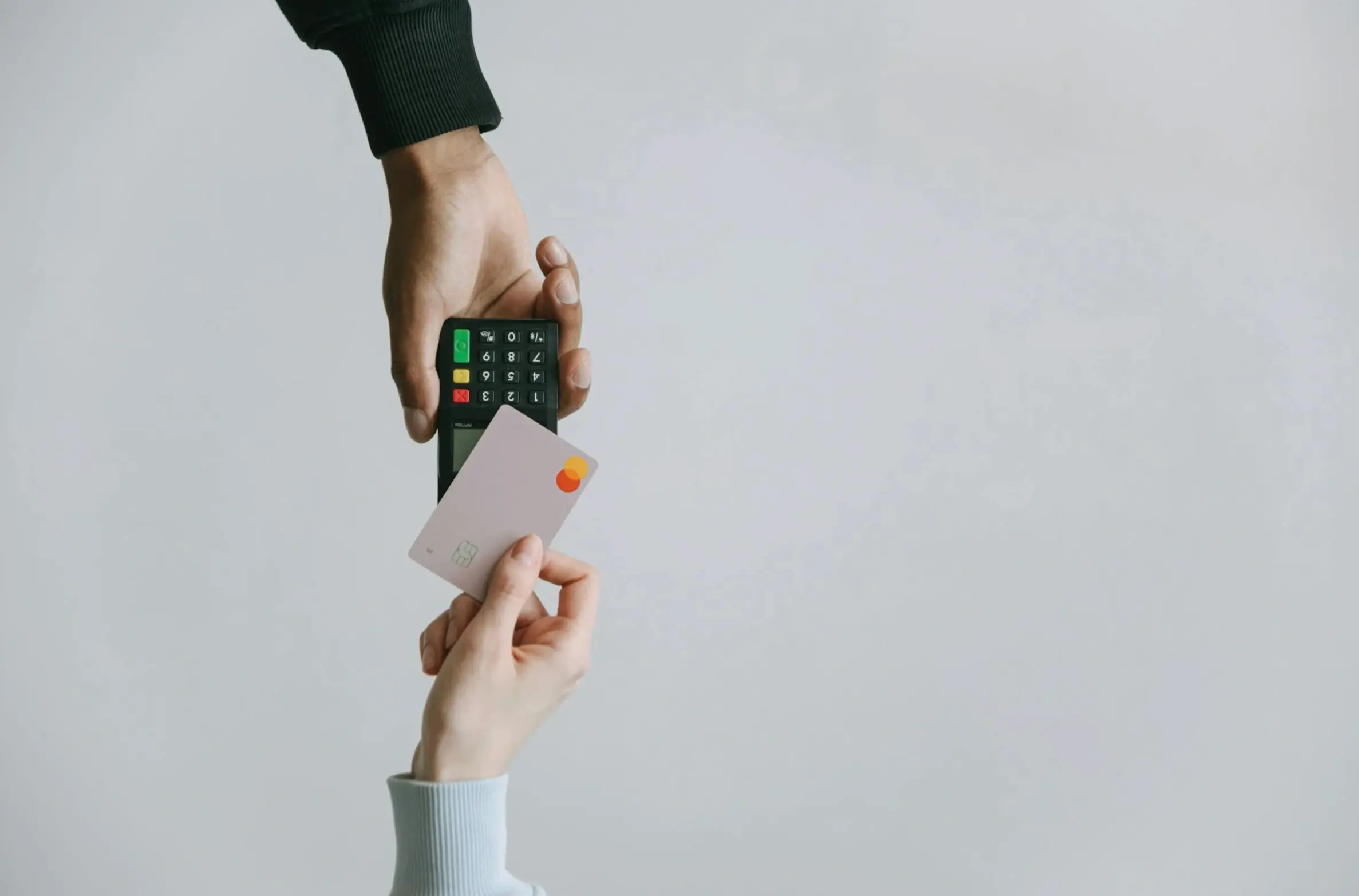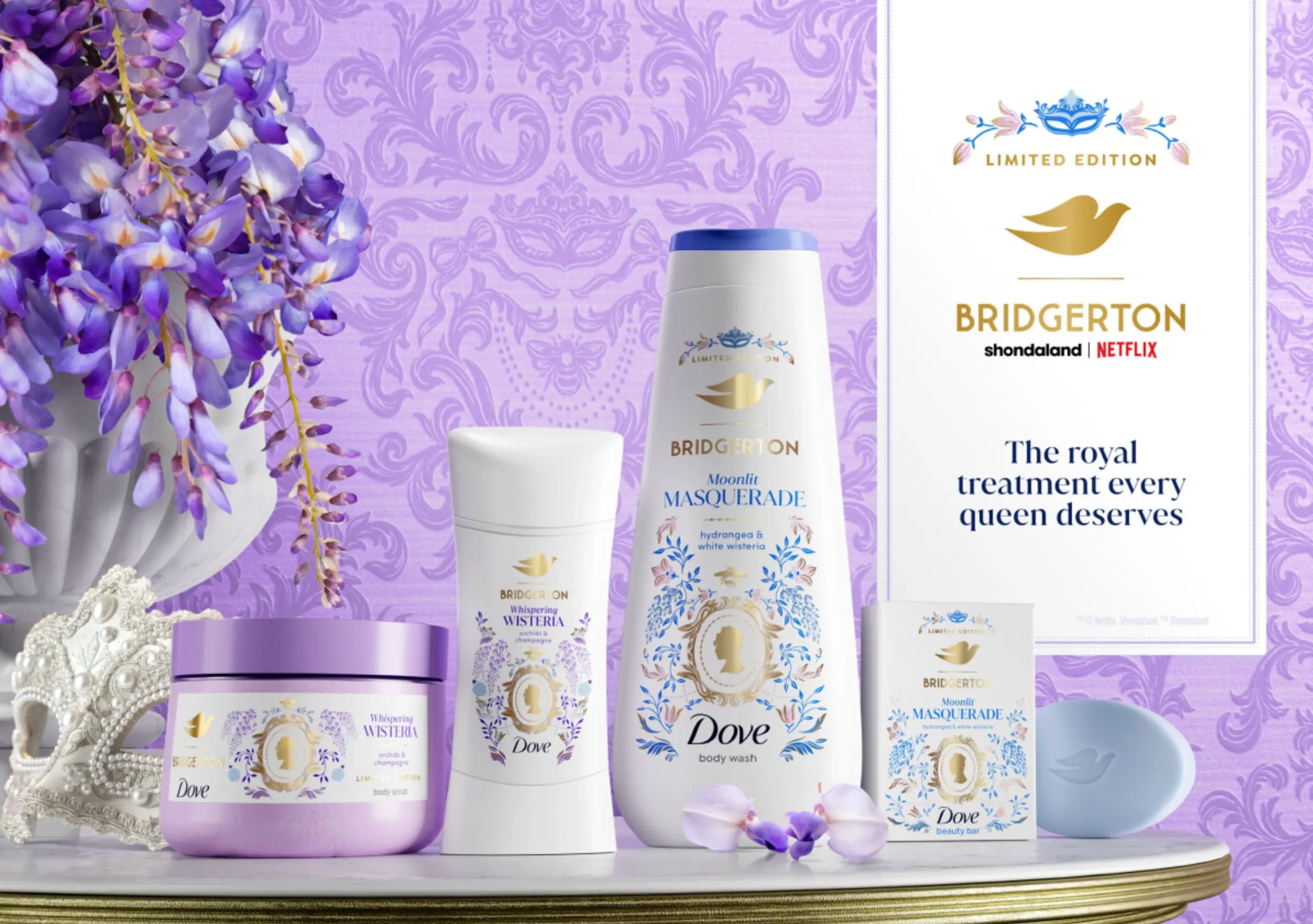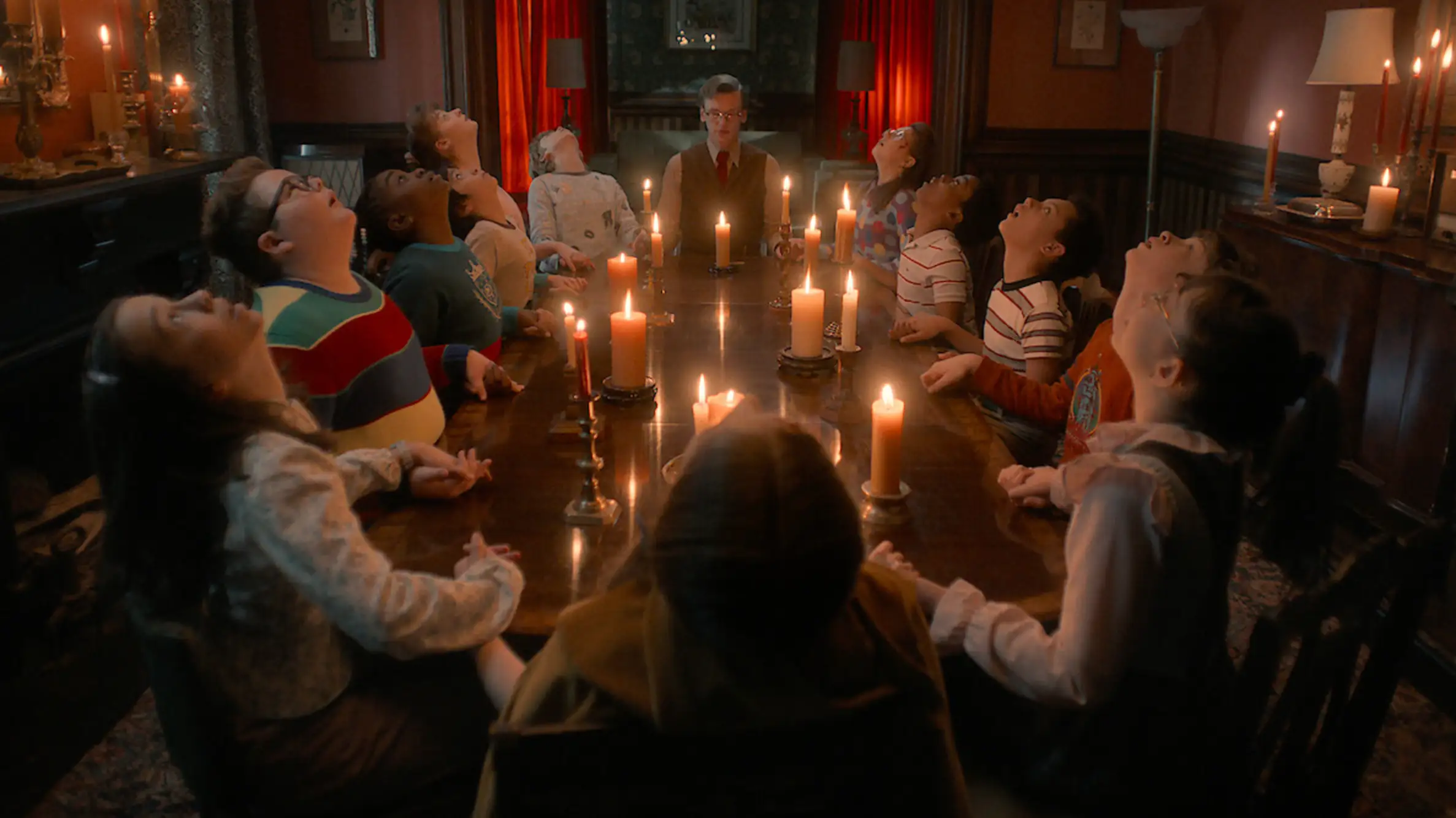The Psychology of Typography: How Fonts Influence Brand Perception
Updated on
Published on

Typography is way more than just choosing a pretty font; in fact, it's one of the most important elements in creating a perception and experience for your brand. The fonts you choose convey certain emotions and associations that can greatly influence the image and the effectiveness of your brand. In this blog, we'll look into the psychological effects of different fonts and how they can be consciously used to shape your brand identity.
The Emotional Impact of Typeface
Serif Fonts: Tradition and Trust
Serif fonts are distinguished by tiny lines attached at the ends of the letters. These fonts convey tradition, trust, and reliability. Classic serif fonts like Times New Roman and Garamond suggest stability and credibility and in that way, these fonts help brands evoke an image of trustworthiness. Services like a college admission essay writing service often rely on serif fonts to evoke a sense of trust and reliability in their branding.
Sans-Serif Fonts: Modernity and Clarity
Sans-serif fonts are straight, missing the small projecting lines at the ends of letters. This gives them an impression of modernity, simplicity, and clarity; like Helvetica and Arial, which were created for clean lines and readability. Due to their simplicity, many tech companies, and also startups, such as Apple and Google, use sans-serif fonts in their branding. This is to deliberately create a sense of innovation and user-friendliness. Such fonts appear more minimal in their structure without serifs, giving them an approachable and efficient look that goes well with contemporary and tech-related brands.
Script Fonts: Elegance and Personality
Script fonts are imitations of handwritten texts, and as such, they are an expression of elegance and personality. They most often used to create a sense of gracefulness. The script fonts that are used by expensive fashion houses like Chanel give it charm and an expensive vibe. While script fonts are beautiful, they are often difficult to read, especially in large blocks of text, so they would do well only for certain elements—like logos or headings—where their unique character can really shinet.
Decorative Fonts: Boldness and Playfulness
These are highly stylized fonts developed to create a strong visual impact. Such fonts should only be used to capture attention, and most of the time, they relate to industries that emphasize making a statement, such as entertainment or food. or example, the playful and quirky fonts used by brands like Ben & Jerry’s or Disney help create a distinctive and memorable presence. These fonts are useful in making a memorable impression, but should be applied sparingly to avoid overwhelming a design.
Type and Brand Perception
Creating a Single Brand Identity
The typography one chooses is important for starting and sustaining a brand identity. The use of selected fonts consistently throughout all the brand materials—website, social media, packaging, marketing—contributes to the strengthening of the brand's visual identity and brand recognition. For instance, Coca-Cola uses classic serif fonts that present their brand as traditional and nostalgic.
Creating Emotional Ties
Typography builds emotional connections between you and your audience. The right font will resonate with the target demographic, helping it perceive your brand and relate to it. For example, a sleek, modern font might appeal to an audience that seeks innovation in technology, or a warm, inviting script font can attract people seeking exclusivity or a personal touch.
Font Weight and Style
Swaying Emphasis and Tone
Font weight, and font style—such as bold, italic, or light—convey meaning into the content and alter emphasis. Bold fonts draw the eye to important information or deliver key messages, making them appropriate for headlines or calls to action. Italic fonts are for emphasis or changing the tone of the text; lighter fonts mostly imply elegance. Key messages can be brought out in the marketing material using bold fonts, while italicized text may be used to point out testimonials or quotes.
Shaping Brand Voice
Heavy, bold fonts convey strength, assertiveness, and authority. Light, airy fonts manifest feelings of subtlety and elegance; hence, they would work well for highly branded fashion or luxury products.
Typography and Font Pairing
The Art of Font Pairing
Font pairing is a term given to the selection of more than one font, where one works well with another; usually, one for headings and another for the body text. Good font pairing improves readability, creates visual interest, and reinforces brand identity. A good font combination creates harmony in a design and thus provides consistency in the brand experience.
Complementing Contrasts
The most intuitive way to combine fonts is by using sharp contrasts with a view to creating balance. For instance, a serif font will go well with a sans-serif font and can be used to draw attention towards diverse content on a page. A classic serif font used for headlines can be combined with a clean sans-serif font used for body text; for example, Times New Roman for headings and Arial for body copy.
Creating Visual Hierarchy
Font pairing can also be used to create a clear visual hierarchy that will help readers flow through various content sections. A good example of this case is where a bold, decorative font should be used for headlines to draw attention, while the body text would use a simple sans-serif font in order to make the text readable. This approach helps users identify important information and, thus, go through the content at a faster rate.
Brand Consistency
While pairing fonts, it is important to be sure that the combinations chosen harmonize with your brand's identity and message. The combination accurately depict the character and tone of your brand. For example, a modern tech brand might combine a sleek sans-serif font with a geometric one to represent innovation and precision. This ensures that in the context of your brand's values, the fonts complement each other to enhance a coherent and effective brand presence.
Typography is a powerful tool in shaping your brand’s perception and user experience. The psychological effects of different fonts influence emotions and perceptions. By understanding these effects and leveraging effective font pairing, designers can make informed choices that enhance your brand’s identity and communication strategy.
Typography is an art form in its own right, and design agencies are equipped to choose and make the best use of brand-specific fonts. Whether designing a logo, creating a website, or developing marketing materials, thoughtful typography will significantly impact your brand’s success and connection with your audience. If you’re looking for a design agency to revamp your brand, including typography, Brand Vision is an award winning marketing agency that can bring your brand’s visual identity to life.







